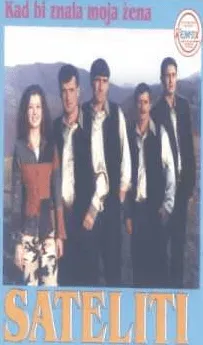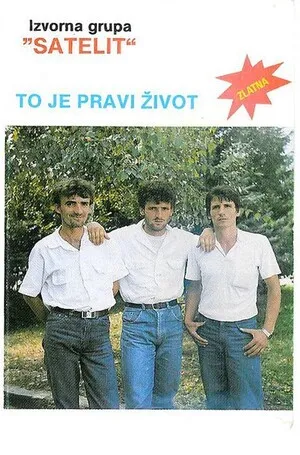
Izvorna bosanska muzika (literally “original Bosnian music”) is a rural folk tradition from Bosnia and Herzegovina characterized by small acoustic ensembles, close–lead duet singing, and a repertoire rooted in village life, love, and local history.
It favors organic timbres such as šargija (long‑neck lute), violin, accordion, and wooden flutes, and is performed in straightforward strophic forms with memorable refrains. Vocal lines often feature heterophony and ornamentation, with a leader answered by a chorus or a second voice.
While the songs and practices are much older, the idiom became recognizable as a recorded genre via radio, festivals, and local labels in the mid‑20th century, preserving regional styles from Krajina, Central Bosnia, Posavina, and Podrinje.
Rural song traditions in Bosnia and Herzegovina go back centuries, transmitted orally at family gatherings, seasonal work, and village festivities. Modal turns, drones, and call‑and‑response textures reflect a mix of South Slavic folk practice and long historical contact with Ottoman musical aesthetics.
In the 1960s and 1970s, state radio, folk festivals, and cultural ensembles began documenting and broadcasting village repertoires. This exposure effectively codified “izvorna bosanska muzika” as a recognizable genre label distinct from urban sevdalinka, emphasizing small acoustic groups, duet singing, and regional variants (Krajina, Central Bosnia, Posavina, Podrinje).
From the 1980s onward, cassette culture, later CDs and digital platforms, helped local ensembles reach broader audiences, including diaspora communities. Field recordings, festival anthologies, and home‑studio releases preserved older songs while encouraging new compositions in traditional style.
Today the genre continues in village celebrations, weddings, and regional festivals. Younger performers adopt clearer arrangements and modern recording, but core traits—acoustic instrumentation, strophic song forms, and two‑voice textures—remain central.







